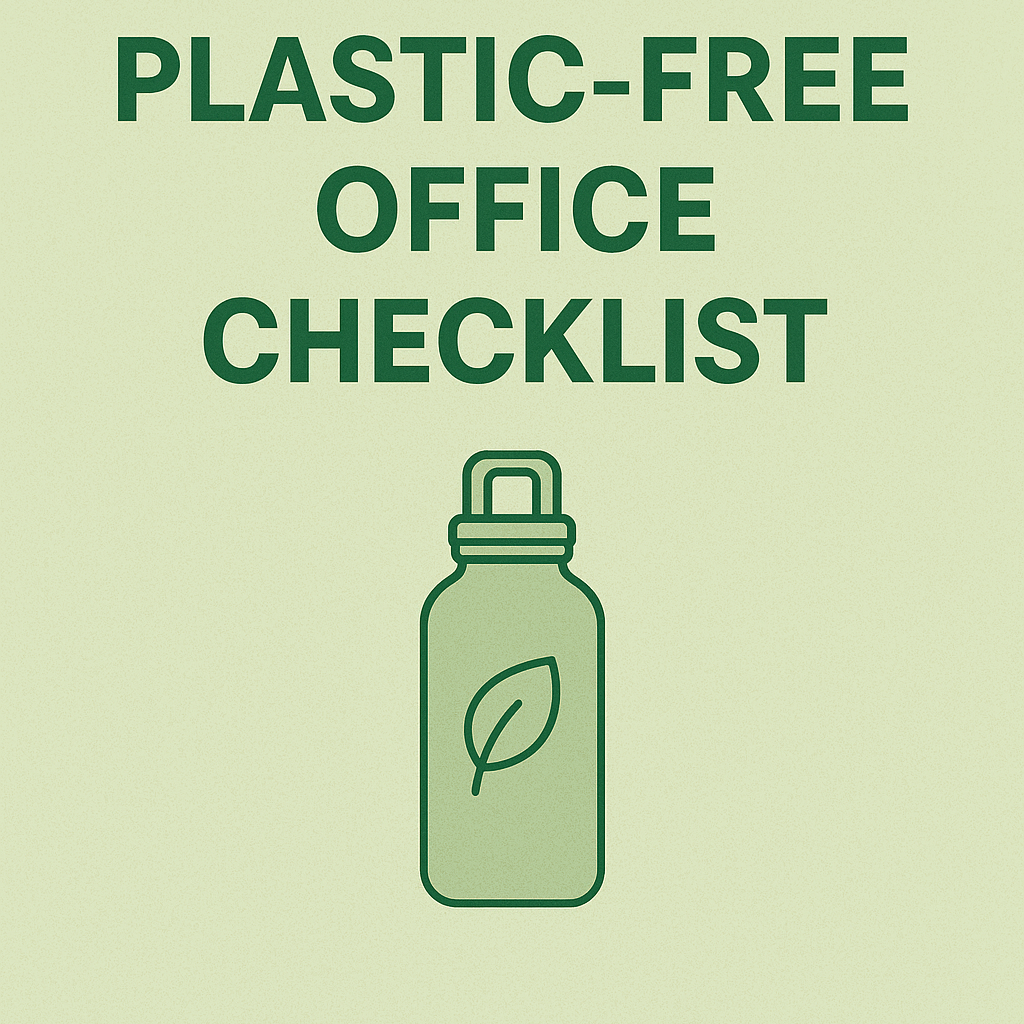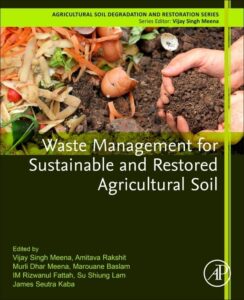If you’re reading this, chances are you’re tired of seeing piles of plastic bottles, disposable cups, and snack wrappers filling up your office bin every day and you’re wondering how to make a real difference. The good news? You can.
Whether you’re managing a company, running a co-working space, or simply the eco-champion on your team, this guide walks you through exactly how to minimize plastic waste in your office and build a culture that’s cleaner, greener, and smarter.
Why Plastic Waste in Offices Is a Bigger Deal Than You Think
Most offices don’t even realize how much single-use plastic they go through daily; from bottled water and disposable cups to packaging tape and printer cartridges.
According to the Marine Conservation Society (MCS), the workplace is a major contributor to single use plastic waste, and small operational changes can have huge cumulative effects when done consistently (MCS, 2024).
Plastic doesn’t just clutter your space, it contributes to pollution, microplastics, and even carbon emissions. The United Nations Environment Programme (UNEP) estimates that plastics account for 3.4% of global greenhouse gas emissions (UNEP, 2023).
In Kenya, this issue is particularly pressing. The Sustainable Waste Management Act (2022) and NEMA’s guidelines encourage businesses to reduce plastic use, promote reuse, and comply with Extended Producer Responsibility (EPR) regulations that push companies to take charge of their waste streams. Find more posts on waste management and sustainability here.
Table of Contents
Step by Step Guide for Minimizing Plastic Waste in your Office.
Step 1: Conduct a Simple Office Plastic Audit
Before changing anything, you need to see what you’re dealing with.
Here’s how to do a quick plastic audit:
- Track every disposable plastic item used in a week; water bottles, plastic spoons, coffee cups, packaging, etc.
- Group them into categories like “kitchen,” “stationery,” and “supplies.”
- Identify what can easily be replaced (bottled water, cutlery, etc.) and what requires a deeper solution (e.g., supplier packaging).
Tip: Keep it visual! A shared whiteboard or photo board helps your team see just how much plastic the office generates and that awareness alone can shift habits fast.
Step 2: Apply the “5 Rs” Framework
To cut down office plastic waste, think in layers: Refuse, Reduce, Reuse, Repurpose, and Recycle.
In simple terms:
- Refuse: Say no to unnecessary plastics.
- Reduce: Buy in bulk, and choose suppliers with minimal packaging.
- Reuse: Opt for refillable pens, bottles, and containers.
- Repurpose: Turn packaging into storage or art projects.
- Recycle: As a last resort, but make sure your plastics actually get recycled through verified handlers.
This framework helps your office build a lasting culture, not just a short term campaign.
Step 3: Target the High Impact Areas
a) Hydration Stations
- Replace single use bottled water with a dispenser or filtered tap station.
- Encourage everyone to bring or receive reusable bottles.
- Skip plastic cups; use glassware or branded metal tumblers.
b) Kitchen and Lunch Area
- Provide real mugs, cutlery, and plates instead of disposable ones.
- Buy snacks in bulk instead of individually wrapped portions.
- Replace single use coffee pods with a machine that uses ground coffee.
c) Stationery and Office Supplies
- Choose refillable pens and recycled-paper notebooks.
- Digitize forms, meeting notes, and invoices whenever possible.
- Reuse envelopes and folders before recycling them.
d) Suppliers and Deliveries
- Ask suppliers for reduced or returnable packaging.
- Add sustainability clauses in procurement contracts, such as “no single-use plastics” or “use reusable crates.”
- Partner with local waste handlers registered with NEMA for proper disposal and recycling.

Step 4: Build a Green Office Culture
People follow examples, not rules.
- Create a “Green Team” that leads the sustainability movement.
- Host a “Plastic Free Week Challenge.”
- Celebrate small wins; like when the kitchen goes a week without disposable cups.
- Post reminders and impact stats on noticeboards.
Culture is what turns policies into habits. When sustainability becomes “how we do things around here,” the results last.
Step 5: Monitor and Improve
Every 3–6 months, repeat your plastic audit. Track progress and notice patterns, maybe your bottled drink waste is down, but packaging waste from suppliers is up.
Use that insight to refine your waste management plan. Over time, your office can evolve from “low-plastic” to “circular,” where nothing is wasted, and everything has value.
The Kenyan Context: Go Beyond Clean Desks — Think Compliance
Reducing plastic isn’t just good for the environment, it’s becoming a business compliance requirement in Kenya.
- The Sustainable Waste Management Act (2022) encourages offices to segregate waste at source, work with licensed handlers, and report on waste reduction.
- NEMA’s EPR framework requires producers, importers, and distributors to manage post-consumer plastic waste responsibly.
- Companies that demonstrate compliance often gain a competitive advantage during audits, tenders, and ESG reporting.
By minimizing plastic waste, your business doesn’t just “look good”, it stays compliant and future ready
Bonus Ideas for the Extra-Green Office
If you’ve mastered the basics, here’s how to go next level:
- Set up a “Reuse Corner” for office supplies.
- Compost food waste alongside your recycling system.
- Offer employee sustainability training once a quarter.
- Introduce incentives for eco-friendly habits; discounts, recognition, or a “Green Employee of the Month.”

The Payoff: Why It’s Worth It
Cutting plastic in your office means:
- A cleaner, calmer workspace.
- Lower waste management costs.
- A stronger brand reputation.
- Compliance with Kenya’s environmental laws.
- And the priceless satisfaction of contributing to a cleaner planet.
Ready to Transform Your Office?
If you’re ready to take your office sustainability to the next level; from a simple clean-up to a structured waste management and EPR compliance plan, I’d love to help.
📧 Email me at valeriekinoti@gmail.com for consultancy, training, or project support.
Together, we can make your business a model of environmental excellence in Kenya’s circular economy.
💚 About the Author
Valerie Kinoti is an environmental consultant and sustainability strategist helping businesses and organizations across Kenya design waste management systems, achieve NEMA compliance, and transition toward zero-waste and circular operations.
She specializes in sustainability audits, policy alignment, and environmental awareness training for corporates and SMEs.
Reach out at valeriekinoti@gmail.com to collaborate or inquire about consultancy services.
I’ve created a Plastic Free Office Checklist — a simple, actionable guide to help offices reduce, refuse, and recycle plastic waste while saving money and building a sustainability-driven culture. Get it here.



